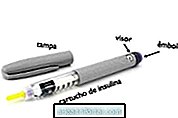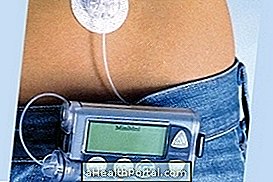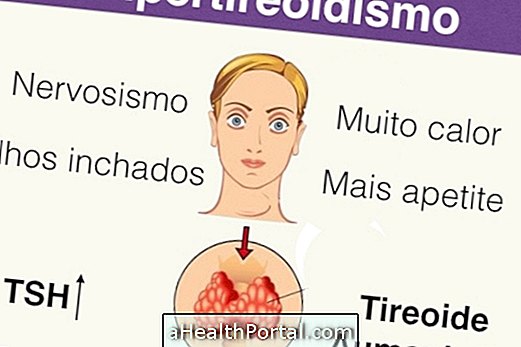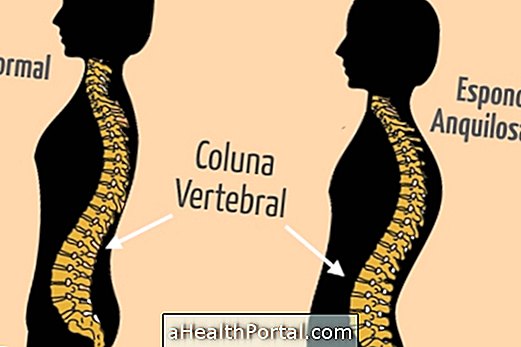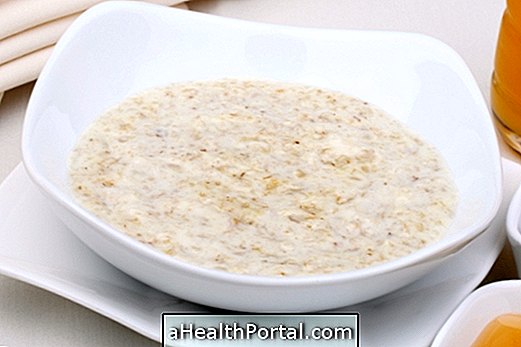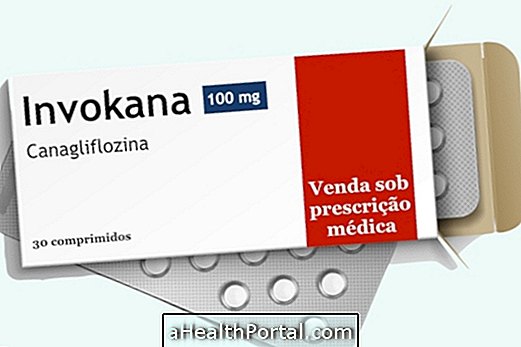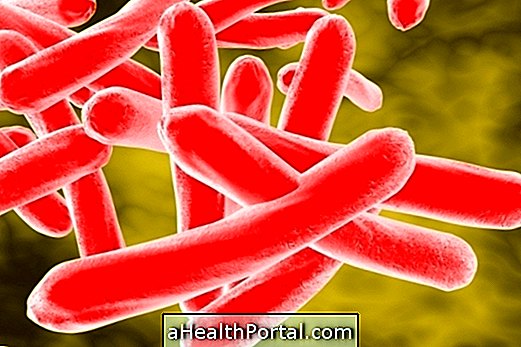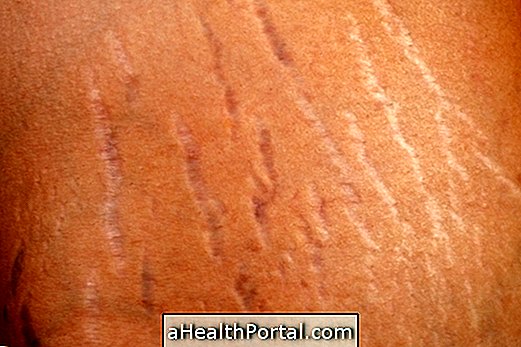The treatment of diabetic mastopathy is mainly done through proper glycemic control. In addition, anti-inflammatory drugs and antibiotics can also be used to decrease pain and inflammation and fight infections. In some cases, surgery may also be needed to remove the tumors.
Treatment time depends mainly on glycemic control, because the better the control, the faster the patient's recovery. In addition, strict control of blood sugar should continue throughout life, to prevent the reappearance of the problem.
To differentiate from breast cancer, see 12 symptoms of breast cancer.
What is diabetic mastopathy
Diabetic mastopathy is a rare and serious form of mastitis, an inflammation in the breast that causes redness, pain and swelling. This disease affects diabetic people who use insulin and who can not control diabetes well.
Diabetic mastitis can affect only one or both breasts, and is more common in women with type 1 diabetes, especially in the premenopausal period, but in rarer cases it can occur in diabetic men.
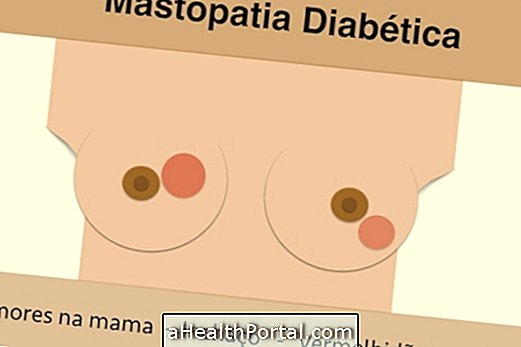
Symptoms
The symptoms of diabetic mastitis are inflammation in the breast, with the onset of one or more hardened tumors, which are painless in the early stage of the disease. In general, the breast becomes red, swollen and sore, and it may also appear on the skin and pus.
How to know if it is diabetic mastopathy
Because of the presence of tumors, diabetic mastopathy can be confused with breast cancer, and a breast biopsy is necessary to make an adequate diagnosis of the disease and eliminate the cancer hypothesis.
The most recommended method is biopsy done with a thick needle, which aspirates part of the inflamed breast tissue to be evaluated in the laboratory.
